Custom tin packaging...
Food packaging material type
Food packaging is an important part of the product. It not only plays a protective role in the transportation process, but also directly affects the overall quality of the product. Food packaging is for transportation and storage, that is, it is not only a container, but also "the container must protect what it sells and sell what it protects." From a sales perspective, the appearance of the packaging is particularly important because it can identify the product in the distribution chain and distinguish it when it reaches the consumer. The following details the commonly used materials in the food packaging industry: plastic, glass, metal, wood and their materials.
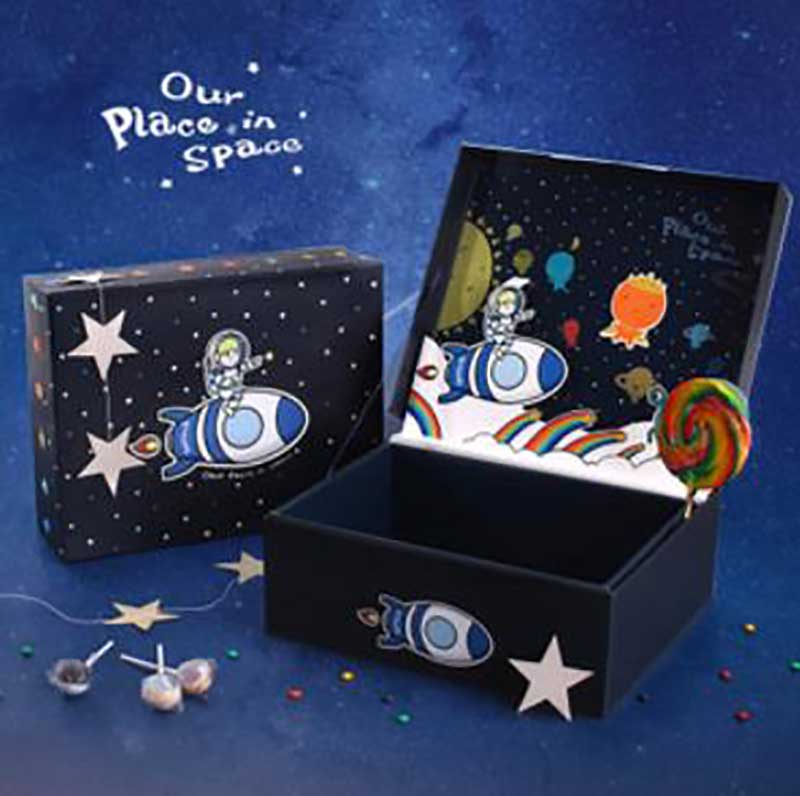
1. Food plastic packaging
Plastics are organic polymeric materials that can be molded into desired shapes. For decades, their portability and versatility have been proven in food processing and packaging. Plastic containers and packaging can prevent food contamination and provide sufficient mechanical strength. Due to lower costs and lower energy consumption in the manufacturing process, plastics have replaced traditional packaging materials. In addition, they can preserve and protect food longer, minimizing the use of preservatives. For consumers, they are easy to operate and open, and provide an effective surface for printing labels or brands. However, although plastics are recyclable materials, they are pollutants.
In the plastic manufacturing process, there are many varieties of plastic resin, the most used are:
, Polyvinyl Chloride (PVC): Very moisture-resistant, fat- and gas-resistant polyethylene and its varieties (PET, HDPE, LDPE). The development of the PET series has completely changed the packaging industry, allowing plastics to directly compete with glass bottles.
, Polystyrene (PS) has become the preferred plastic for thermoforming due to its strength, ductility and low cost.
, Cellulose is a biodegradable substance, extracted from the cell walls of many vegetables and fungi. This is the first transparent film used for packaging. It is currently used in confectionery and pastry products. When steam needs to "breath" to avoid product deformation, polyamide is a polymer that can be found in nature, such as wool , Or synthetics, such as nylon. They are used in bags of boiled products, frozen foods, fish, meat, vegetables, and processed meats and cheeses.
The properties of plastic food boxes vary widely, but usually include:
① light
②It can be easily molded into almost infinite shapes
③Can produce rigid container or flexible film
④Can resist impact
⑤Direct decoration or marking
⑥Can be heat sealed
The relative shortcomings of plastic packaging are usually specific to polymers, and the correct choice of polymers can alleviate this weakness to a practical extent. The factors to consider are:
①No plastic provides absolute gas and moisture barrier
②Plastic melts in the temperature range of 650°C to 2,300°C
③Different chemical resistance
④ Additives in plastics can contaminate some products.
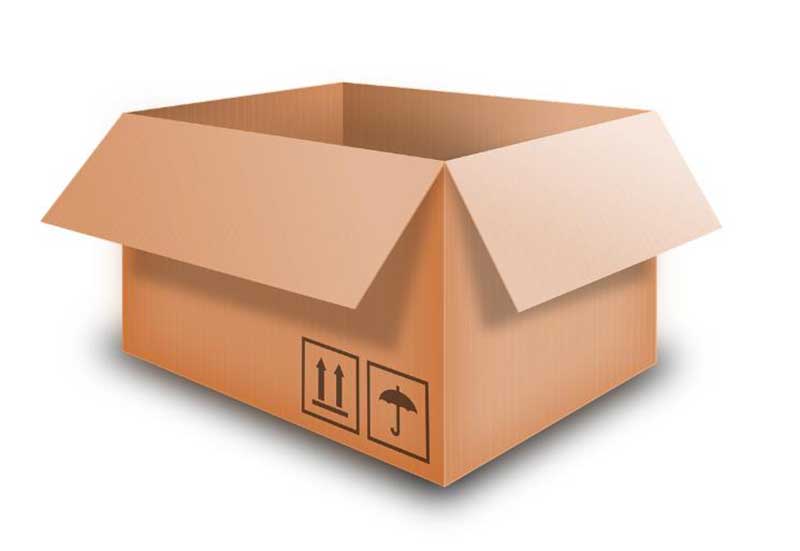
2. Food metal box packaging (steel, tinplate, aluminum)
The main purpose of these metals is to preserve canned food and beverages. The most commonly used are tinplate cans and aluminum cans. It is an opaque material that can provide advantages for foods that are sensitive to light.
Tinplate cans are made of steel plate coated with tin to prevent corrosion of the steel, especially when they contain low pH products.
Aluminum is increasingly used in cans because of its light weight, low cost, and recyclability. It can be found in packaging, bottle caps, packaging and laminates. It has the same barrier properties as steel, but has the advantage of corrosion resistance.
Aluminum foil is formed by laminating aluminum layers. It is a highly flexible product that can preserve or protect food in a domestic environment. However, it is difficult to use in modern fast packaging equipment due to wrinkles, cracks and marks. Thin-walled aluminum cans are suitable for carbonated beverages, while wide-walled cans are suitable for steam sterilization. Optionally, internal paint can be used to avoid interaction with the product and to protect the ink from the label on the outside.
Food metal box packaging features:
①Sturdy and hard
②Block gas and moisture
③Withstand voltage
④Temperature and pressure resistance/pressure resistance
⑤ Corrosion resistance through coating
⑥Can be sterilized
⑦Direct decoration or marking
The limitation of metal packaging is the achievable weight and shape, especially when compared to plastic.
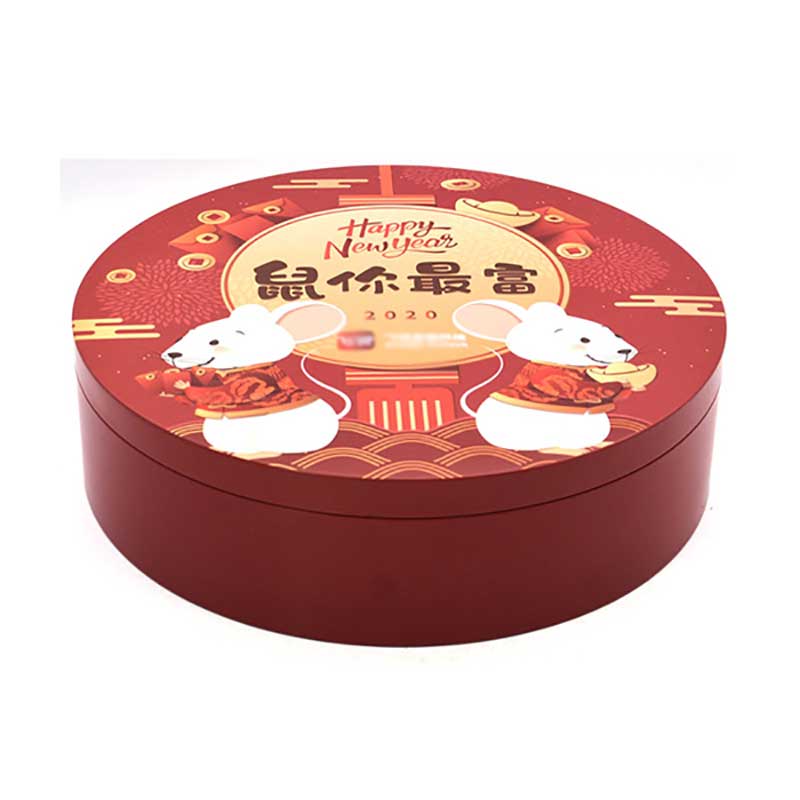
3. Food glass jar
Glass is an inert material, impermeable to gas and vapor. When in contact with food, it is an excellent completely neutral oxygen barrier. However, it is a fragile and heavy material that requires a lot of energy to manufacture.
Glass uses silica, one of the most abundant raw materials on earth, but it is not renewable. Nevertheless, it is a recyclable product because it can be reused as a container.
The food packaging industry uses more than 75 billion glass containers each year, mainly for wine, juice, baby food and soft drinks; glass containers can be bottles (the most commonly used), jars, glasses, ampoules, jars, etc. . However, due to the risk of damage, this material is not used for frozen products.
Food glass jar is a popular and useful packaging because it:
①Inert
②Can be sterilized
③Block moisture and gas
④A certain degree of pressure resistance
⑤Can be molded into various shapes
⑥Transparency makes the product visible
⑦Glass is also highly recyclable
The most obvious disadvantage is the risk of fragility and broken glass. The transparency of glass may be a problem of product degradation due to light.
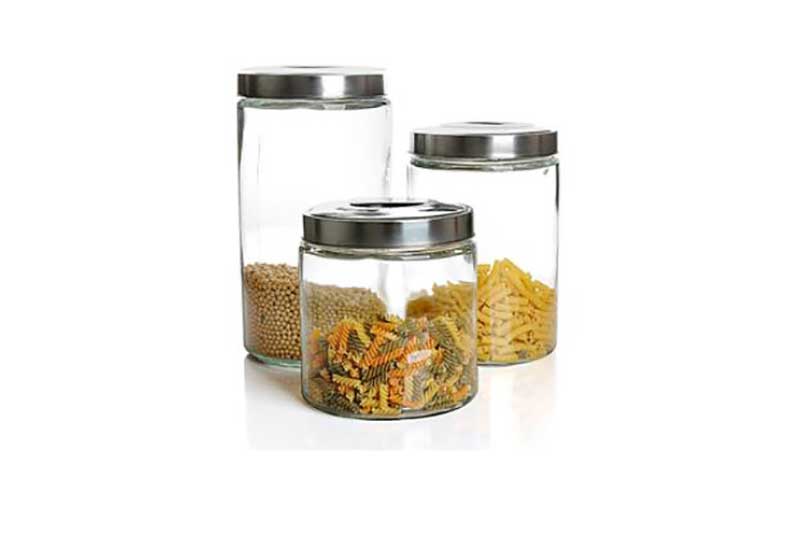
4. Wood food packaging, cardboard and paper food packaging
Products derived from wood are widely used in food packaging in the form of paper and cardboard. Paper is a very cheap, lightweight product with excellent printing capabilities. Although it is very sensitive to moisture, it can be corrected by combining paper with other materials such as plastic or paraffin.
Cardboard is a material made up of several layers of paper, making it thicker, harder, and more durable than paper. Its main use is a container in the form of a packaging box.
In recent years, paper and cardboard manufacturers have paid special attention to health and environmental issues by using recycled products that can extend the life of these raw materials.
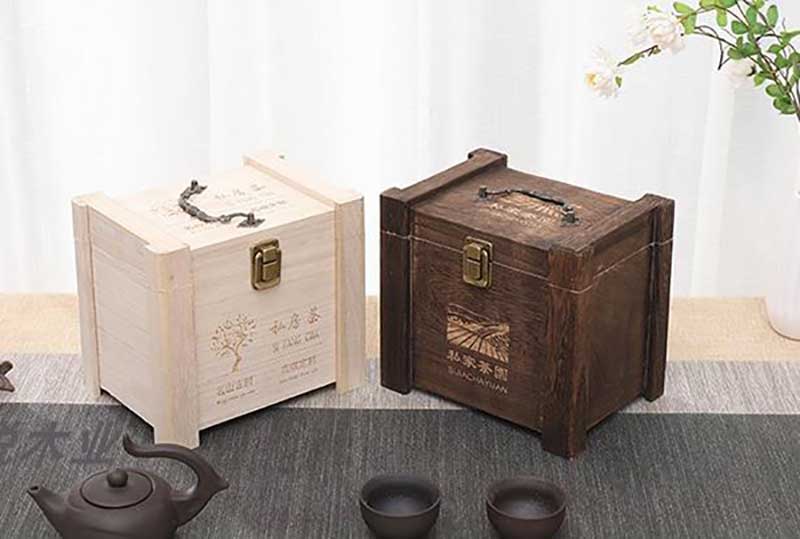
5. Advances in food packaging technology
The development of packaging technology and the development of food preservation technology have changed the food manufacturing, distribution, purchase and preparation process of enterprises and consumers. Technological advances, such as adding antioxidants to food packaging, can extend the shelf life of food. The system is based on adding particles to packaging materials to prevent oxidation of nutrients. In this case, the antioxidant can be added during the manufacturing process or impregnated the container wall before direct contact with the food.
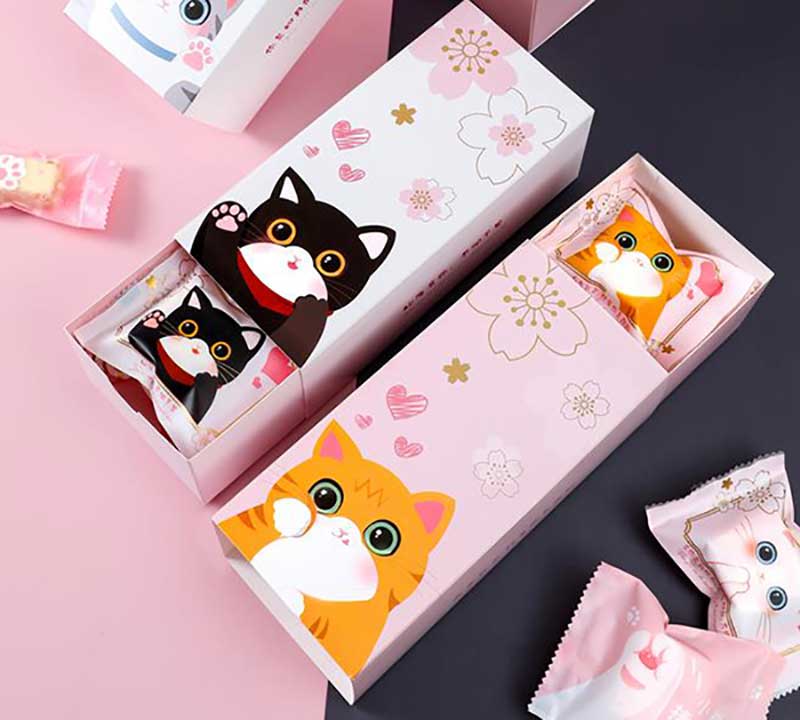
In short, it is important to choose suitable packaging and packaging materials for the food, while considering the requirements of the transportation environment and storage conditions that will be subjected to it.
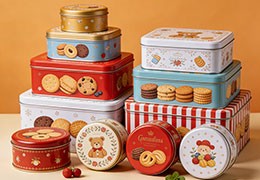
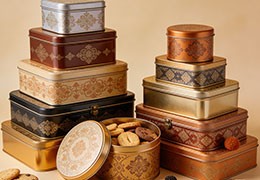


.jpg)
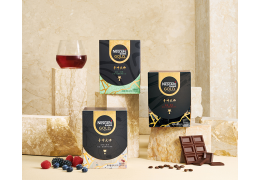
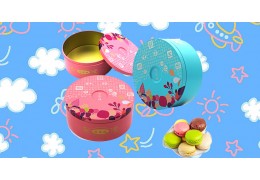
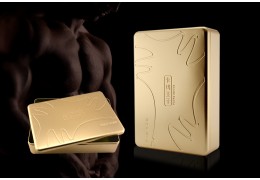
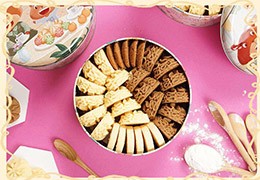
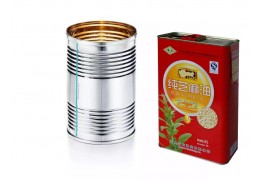

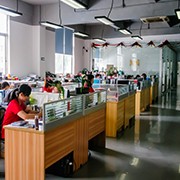

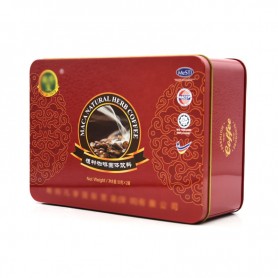
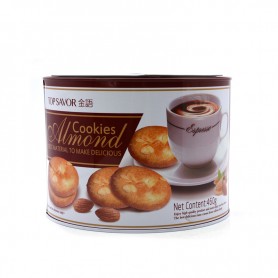

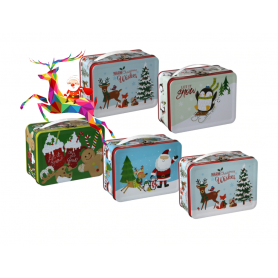

Latest comments